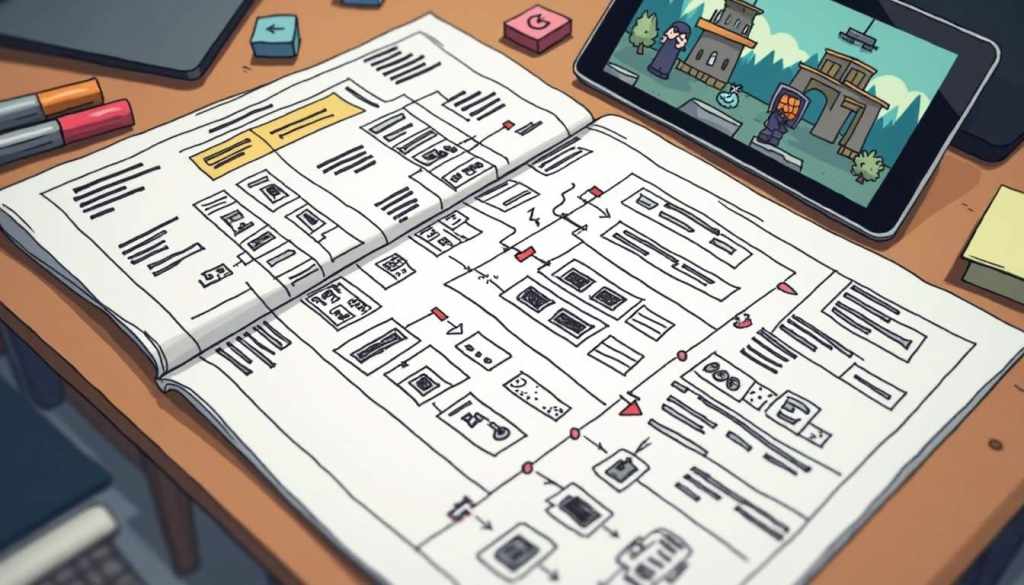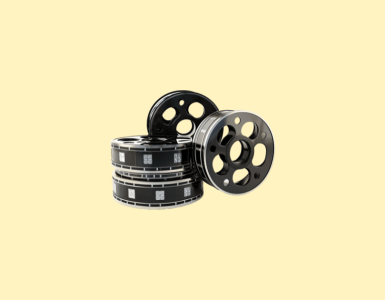Creating a project brief for a game developer is a crucial step in ensuring your vision comes to life. Whether you’re a startup, an indie studio, or a marketer looking to collaborate with game developers, a well-crafted brief can make all the difference. In this article, we’ll guide you through the essential components of a project brief, helping you communicate your ideas clearly and effectively.
Understanding the Purpose of a Project Brief
Before diving into the specifics, it’s important to understand why a project brief is necessary. A project brief serves as a roadmap for both you and the game developer. It outlines the project’s goals, scope, and expectations, ensuring everyone is on the same page from the start.
Why a Clear Brief Matters
A clear project brief can:
- Minimize misunderstandings and miscommunications.
- Set realistic timelines and budgets.
- Help developers understand your vision and objectives.
In short, a well-structured brief can save time, money, and frustration down the line.
Key Components of a Project Brief
Now that we understand the importance of a project brief, let’s break down the key components you should include.

1. Project Overview
Start with a concise overview of your project. This section should provide a high-level summary that captures the essence of your game. Consider including:
- The game’s genre (e.g., action, puzzle, RPG).
- A brief description of the gameplay mechanics.
- The target audience and platform (PC, console, mobile).
2. Objectives and Goals
Clearly outline what you hope to achieve with this project. Are you aiming for a specific number of downloads? Do you want to create a game that garners critical acclaim? Be specific about your goals, as this will guide the development process.
3. Target Audience
Understanding your audience is key to creating a successful game. Describe who your players are, including:
- Demographics (age, gender, location).
- Interests and gaming habits.
- What they value in a game (story, graphics, multiplayer features).
Detailed Project Specifications
Once you’ve established the basics, it’s time to get into the nitty-gritty details. This section should provide the developer with all the information they need to understand your vision fully.

1. Game Mechanics
Describe the core mechanics of your game. What makes it unique? Include details about:
- Gameplay loops (how players will interact with the game).
- Progression systems (leveling up, unlocking new content).
- Any special features (multiplayer modes, VR support).
2. Visual and Audio Style
Art and sound play a significant role in a game’s appeal. Provide guidance on the visual and audio style you envision:
- Art style (2D, 3D, pixel art).
- Color palette and mood.
- Soundtrack and sound effects.
3. Technical Requirements
Outline any technical specifications that the developer needs to consider. This could include:
- Preferred game engine (Unity, Unreal Engine).
- Platform requirements (iOS, Android, PC).
- Performance benchmarks (frame rate, resolution).
Timeline and Budget
Setting a realistic timeline and budget is essential for keeping your project on track. Be transparent about your expectations:
1. Project Timeline
Provide a timeline that includes key milestones, such as:
- Initial concept development.
- Alpha and beta testing phases.
- Final release date.
2. Budget Considerations
Discuss your budget openly. Include:
- Overall budget range.
- Payment structure (upfront, milestones, royalties).
- Any additional funding sources or constraints.
Final Touches
Before you send off your project brief, make sure to include a few final touches that can enhance clarity and engagement.

1. Visual Aids
Consider adding visuals to your brief. This could be concept art, mood boards, or flowcharts that illustrate gameplay mechanics. Visual aids can help convey your ideas more effectively.
2. Call to Action
End your brief with a clear call to action. Encourage the developer to reach out with questions or to discuss the project further. This fosters open communication and collaboration.
Conclusion
Writing a project brief for a game developer doesn’t have to be daunting. By following these guidelines, you can create a comprehensive and engaging brief that sets the stage for a successful collaboration. Remember, the clearer you are about your vision, the better the outcome will be. Ready to get started? Explore how Twine can help you connect with top game developers and bring your project to life!
Bring Your Game Brief to Life with Twine
A well-crafted project brief is the first step toward building a game that truly stands out. With Twine, you can connect with experienced game developers who understand how to translate your ideas into immersive gameplay. Whether you’re developing your first indie title or expanding an existing concept, our platform makes it easy to find the right freelancer for the job. Turn your brief into a bold, playable reality – explore Twine today.



